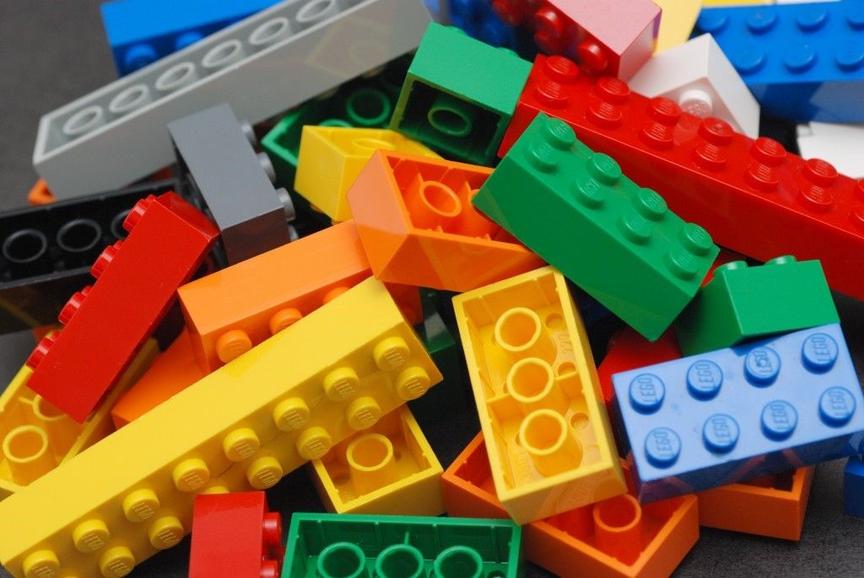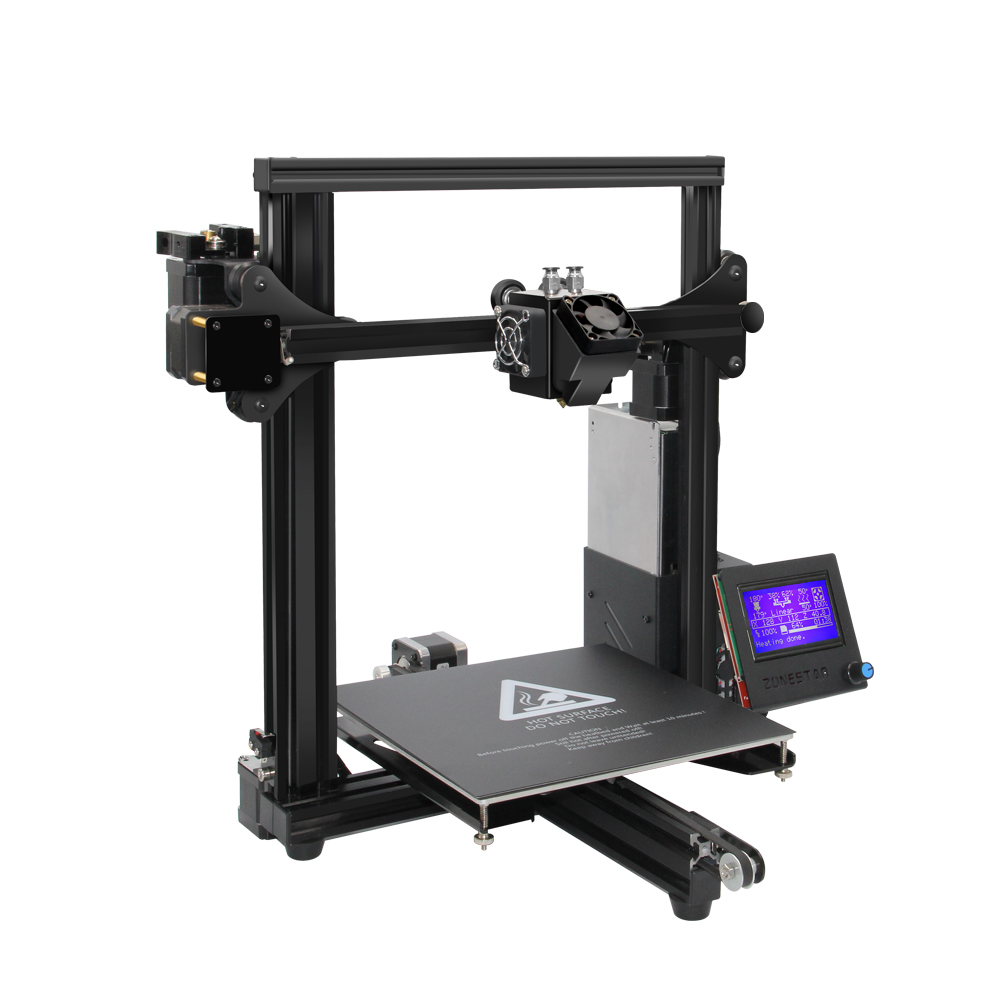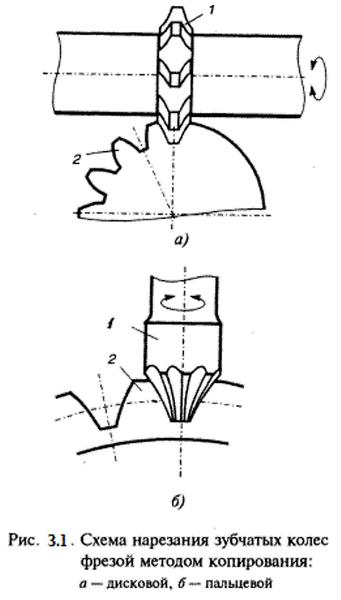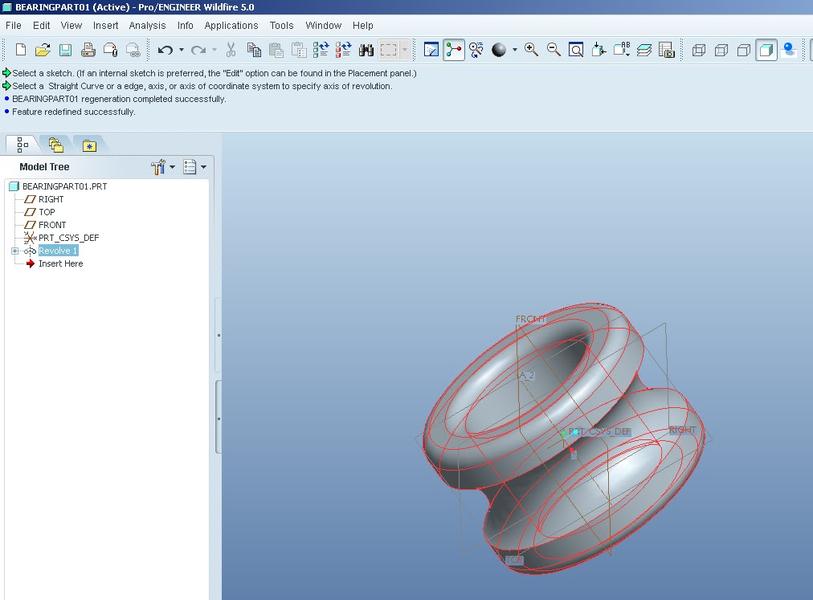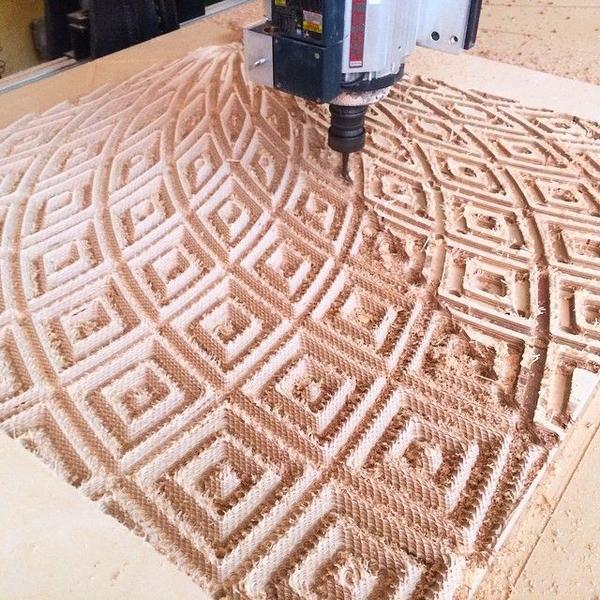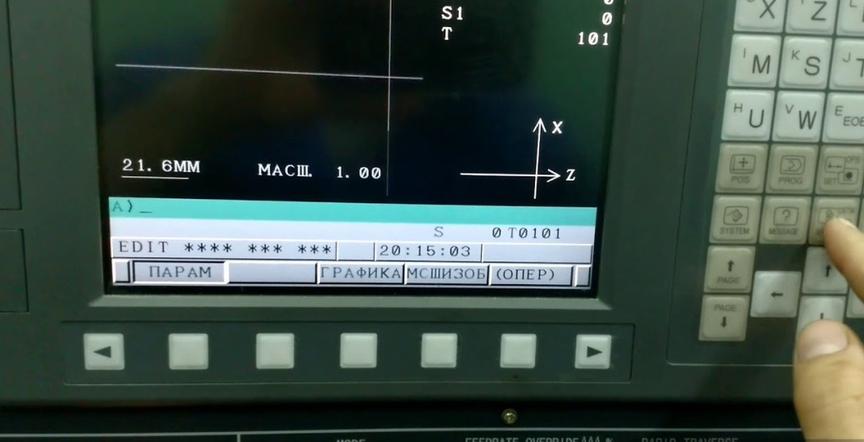Toy printing on a home 3D printer
In the modern world, additive technologies that allow the use of 3D printing are developing rapidly. The technological process involves the layer-by-layer application of material in accordance with a pre-prepared digital model so that the user can ultimately obtain a product with specified parameters. 3D printers have become more and more common in home use, and they allow the creation of not only items necessary for household needs, but also toys for children.
- Why do you need toys printed on a 3D printer?
- What toys can be printed on a 3D printer?
- Printing toys on a 3D printer
- Advantages and disadvantages of self-printing
Why do you need toys printed on a 3D printer?
Toys printed on a 3D printer can be an inexhaustible source of joy for children. If the owner of a 3D printer has even basic modeling skills, he can easily bring to life any toy that will be interesting to the child at the moment. In addition, it is possible to print toys that are difficult to find in stores or are too expensive.
...Technologies and materials for printing toys
Most often, the following technologies are used for printing toys at home:
- FDM/FFF.
- SLA and DLP.
The most popular materials for making toys are the following types of plastics:
- ABS - this material is known for its high strength, lightness, and flexibility. It is used in the production of parts for toys and other items that require high wear resistance. The material has a relatively high melting temperature (from 210 to 250 degrees) and requires special handling and ventilation.
3D models
3D printing is impossible without creating a 3D model for the printer. A properly prepared model can avoid unexpected difficulties in the manufacturing process.
...Printers
The most popular home 3D printers include the following models:
- Anycubic Photon S.
- 3D printer Wanhao Duplicator 6 Plus (D6 Plus).
- 3D printer Zenit DUO.
Advantages and disadvantages of self-printing
The main advantages of self-printing toys at home include:
- Speed of production.
- Lower cost of printed items.
- Accuracy and quality of copies.
- Ability to recreate the specific item needed at the moment.
- Accessibility of materials.
Disadvantages may include less accuracy in meeting specified parameters, limitations in the dimensions of printed items, and restrictions on the types of plastic that can be used for home printing. 3D printing of toys allows for the creation of unique and creative works that cannot be purchased in stores or quickly and cheaply replace broken or lost parts. The main thing is to prepare a high-quality 3D model before starting the printing process.
```
